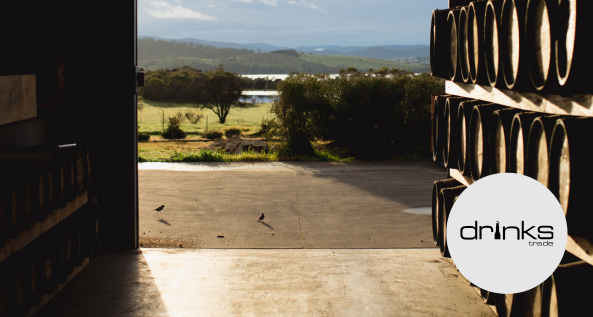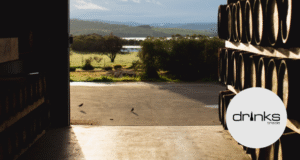Originally Published in Drinks Trade
July 10, 2025
By Cody Profaca
Australian whisky is no longer the quiet achiever on the global spirits stage.
Whether measured by award wins or an ever-increasing demand in key export markets, it’s bold and inventive nature is seeing the category’s momentum continue to grow.
Australian whisky also remains stylistically diverse, with vastly different approaches proving successful for many leading Australian distilleries. This has led to questions about how the category should collectively brand and market itself on the world stage, including whether a collective Australian Whisky identity is needed: if consumers can confidently expect different products within a category to share similar characteristics, the job of retailers and importers is simplified.
As Publishing Editor Ashley Pini writes in the latest issue of Drinks Trade Magazine, “Australian whisky tends to be rich, bold, and cask-forward, a product of both our climate and our willingness to break with tradition … For years, the category has borrowed comparisons from Scotch or Japanese whisky, but increasingly, a distinct local style is emerging.”
Adding another dimension to the conversation, Tasmania’s premier contract distillery Greenbanks is looking to spearhead not just Australian whisky but specifically Tasmanian whisky on the global stage.
“The Tassie whisky industry is probably where Australian wine was a few decades ago, but we see enormous potential,” co-founder and Executive Director Hugh Roxburgh tells Drinks Trade.
“We think Tasmanian whisky has got the potential to be the sixth, and next big, great whisky province of the world.”
Of course, Tasmania is where Australian whisky first started when, in 1992, Bill Lark founded the state’s first licensed distillery in more than 150 years. In the decades following, Tasmanian distilleries Lark Distilling, Sullivans Cove and Hellyers Road have been lauded for establishing the blueprint for commercially viable Australian single malts.
Reflecting on this, Roxburgh says “they’ve done a fantastic job at creating a category onto itself, being Tasmanian whisky, which is recognised by big global majors,” before noting that, to this day, “the issue the industry still faces is the lack of supply and really high price points.”
If the Tasmanian whisky category is to expand its export presence globally, it must significantly increase its scale of production: something that Greenbanks is hoping to play a key role in.
“Look at Japan, which we think is a fantastic case study for the potential of Tasmanian whisky: Japan produces about 150, 200 million LAOs [litres of pure alcohol], so it puts it into perspective when Tasmania produces only half a million currently. The capacity is probably more like 2 million LAOs,” said Roxburgh.
“There’s enormous potential there, but you need 6 to 12 really successful Tasmanian whisky brands to be able to get shelf presence and a Tasmanian whisky shelf in the supermarkets and retailers in Korea or Japan or in the UK or wherever it might be.”









